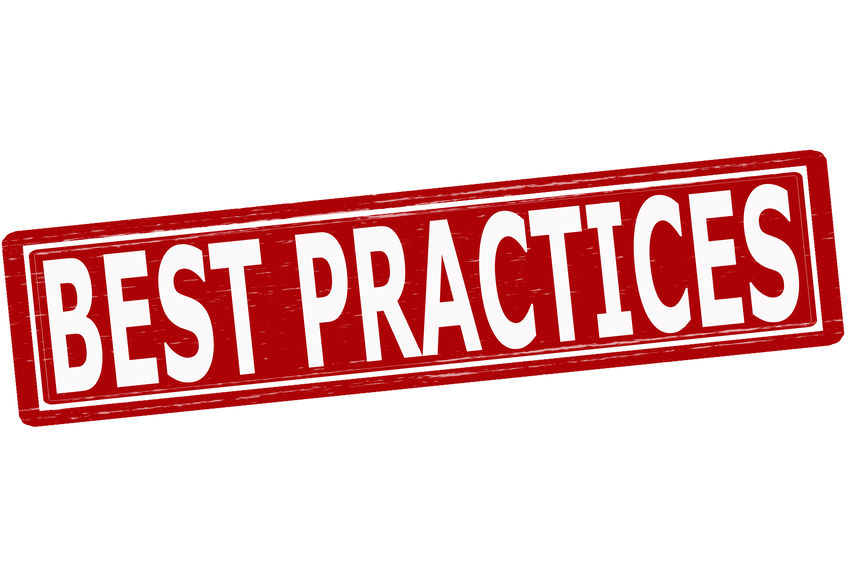
Content Marketing Institute’s 2018 study shows that 91 percent of B2B marketers use content marketing. In fact, blogging is one of the top-three most used types of content. As a consumable, informative and frequent resource, blogs make it easy to keep fresh content flowing. However, getting it right at such a frequent rate can become challenging. Consider the following seven best practices to make your blogs meaningful, engaging and more likely that you will achieve a successful blog habit.
Seven Blogging Essentials

- Value. Blogs need to fulfill a purpose and engage your target markets. They should be relevant to your brand while providing readers with something of value. Whether informative, entertaining or educational, content that balances multiple purposes is even more valuable. Use blogging to showcase expertise, build rapport and position your company as a leader in your marketplace. Ensure content increases brand awareness, attracts qualified leads and demonstrates thought leadership.
- Readability. The most reader-friendly blogs are divided up into definable, titled sections or lists (take this blog for example.) This format helps readers to consume your content and refer back to your resource with ease. Subheads, graphics and shorter paragraphs and sentences are also favored by SEO engines, so consider website plugins like Yoast to optimize your text for readability and search engines.
- Links. Linking to additional content within blogs is an easy way to provide readers with more information and additional resources. Outbound links to other industry thought leaders can be a great option for affiliation and lead generation. Internal links to relevant content on your website can keep visitors engaged and on your site longer. Links also have a major impact on a blog’s SEO. They will affect the crawlability of your blogs or the ability for an SEO bot to continue browsing your website. By providing links within your content, you create a path for bots and readers alike to continue browsing your content.
- Length. The optimal length for a blog is the subject of an ongoing debate. In reality, there is no one-size-fits-all answer. Length depends on your audiences’ preferences, the purpose of your content, SEO and additional factors such as your industry or brand. To find the ideal length, test what resonates best with your readers. That said, research shows that 300 words is considered the minimum word count for a blog to be recognized and ranked in search engines. Blogs of 1,000 words or more seem to rank even better in searches. Blog posts of 1,500 words or more are proven to be more sharable on social media, according to Forbes. Consider these factors when developing your blog topics.
- Call to action. A call to action attached to your blog can help generate leads, show readers where to go next, encourage them to read more or initiate the buying process. Also, calls to action can incite visitors to link to similar content, complete a survey or contact a representative. Without a call to action, a blog can become a dead end for prospects that otherwise could turn into qualified leads.
- Frequency. Because of their flexibility, most agree that posting blogs as frequently as possible will give you an edge. Blogging weekly is ideal. However, posting consistently once or twice a month will maintain a brand-aligned frequency of contact with your audiences and provide your site with fresh content that is essential for SEO. Remember that consistency is important. Infrequent or inconsistent blogging sends a less-than-ideal message to your target audiences.
- Distribution. Distribution can make or break your blogs. Even a perfectly crafted blog can go stale if it isn’t properly distributed. Ensure your blogs are shared across multiple channels such as via email newsletter, Facebook, LinkedIn and Twitter. Also share your content with other influencers, employees and executives who can pass it on. Another idea is to make sure your blogs show up in multiple places on your website, so readers can stumble across it more ways than one. In addition, seek out guest bloggers or affiliate links to reach new audiences.
Do It Right

If your company is going to maintain a blog, take the time to consider these seven best practices to maximize your impact. Remember, like any other marketing initiative, success requires a commitment and allocation of resources including time, money and personnel. When creating posts, consider the wants, interests and concerns of your audiences in mind to be sure your blog delivers the best results possible.
